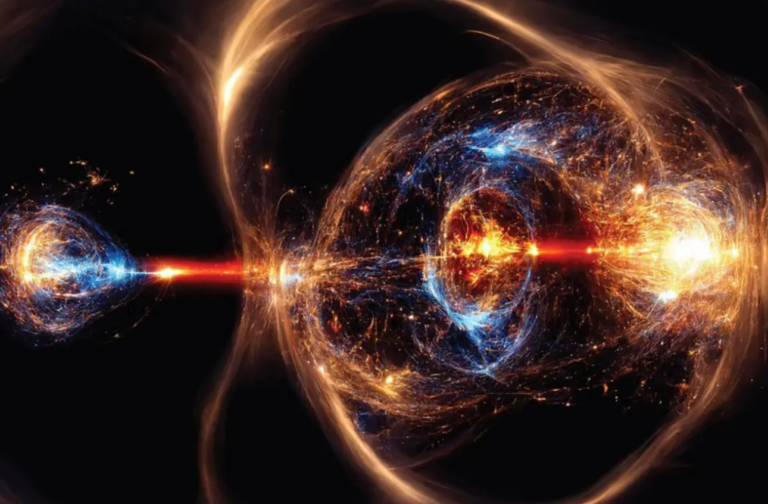Fusion Ignition Demonstrates the Potential for Sustainable Fusion Reactions
Scientists in the Lawrence Livermore National Laboratory have attained plasma density that leads to nuclear fusion reaching ignition which is a self-sustaining reaction that released more than 1. 3 megajoules of energy. This shall be considered as major breakthrough in clean energy science as the fusion procedure, which in fact copies the function of the solar energy, utilizes heavy hydrogen particles to generate helium without generating toxic fumes. It was necessary to heat and compress deuterium-tritium fuel to extreme temperatures- millions of degrees- contained in plasma.
While replicating these results is not easy, each experiment has set a new record for energy generation, which indicates very promising steps have been made when it comes to this power generation revolution accompanied with the almost inexhaustible and environmentally friendly hydrogen.
The nuclear fusion was previously done for the first time a year before at California laboratory; however, the achievement was later confirmed. Scientists at the National Ignition Facility and Laser for Experiments (NIF) at LLNL for the first time documented a major breakthrough — ignition — and described it in three research articles published by scientific journals.
Nuclear fusion the process that is ordinary in the sun and stars, entails the combining of hydrogen atoms under high pressure to form helium and in the process liberating significant energy. However, once the hydrogen plasma “lights” the fusion reaction takes place and the energy released sustains the plasma temperature without the need for continuing heating.
Ignition in a fusion reaction means that the process releases enough energy to keep the reaction going on and this is important if fusion has to be used for the generation of electricity. But if harnessed for power, it avails one of the best sources of energy that is clean, needs only hydrogen as fuel and co – produces only helium.
The problem with fusion energy is, what is the technological difficulty of harnessing this energy? These are questions that scientists globally have devoted their efforts in finding solutions for.
In this critical achi evement at LLNL, the researchers generated an output energy of over 1. 3 MJ within a couple of nanoseconds in a few cases. , whereby one MJ is defined as the kinetic energy of a one-tonne mass travelling at a velocity of 100 mph.
“The record shot was a significant scientific accomplishment in the fusion science, proving that fusion ignition is possible in the laboratory at NIF,” pointed Omar Hurricane, head of inertial confinement fusion science at LLNL.
“This has been a long-sought goal for all inertial confinement fusion research and opens up a new experimental regime where alpha particle self heating exceeds all of the cooling mechanisms in the fusion plasma. ”
To ignite this chain, researchers employed conflagration by heating up and compressing on a central ‘hot-spot’ of deuterium-tritium fuel surrounded by a potent piston made of the same material leading to highly heated and compressed hydrogen plasma.
“Due to to- absorption α particles [two protons and two neutrons tightly bound together] created in the fusion process exceed the said loss mechanisms in a system for some tme” explained the authors in a paper titled, Ignition in the Context of Magnetic-confinement Fusion: A Review of Density-profile Sensitivity, published in Physical Review E.
This is a great milestone in the work of our entire scientific community – our work is the fruit of numerous years of research and effort; more than a thousand authors collaborated on the Physical Review Letters paper.
While follow-up experiments have yet to match the energy output produced in the August 2021 experiment, ensrated attained more advanced energy levels than the prior experiments. Information from these experiments therefore will be valuable in improving on the process of fusion and furthering the attempts at harnessing nuclear fusion as a source of electricity for the future.
This brings Hurricane to call it ‘extremely exciting’ to have an ‘existence proof’ of ignition in the lab. “It’s essential for us to work in such a regime that has been reached by no researchers since nuclear testing stopped and it is an amazing opportunity to broaden our knowledge while we are moving forward. ”
Do not forget to share your opinion with us to provide you with the best posts !




0 Comments